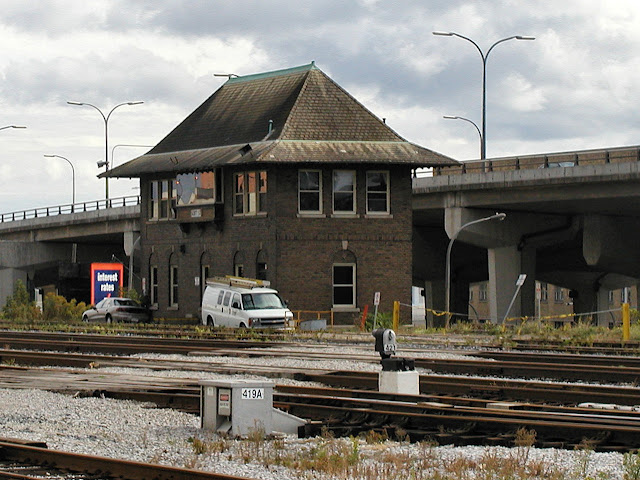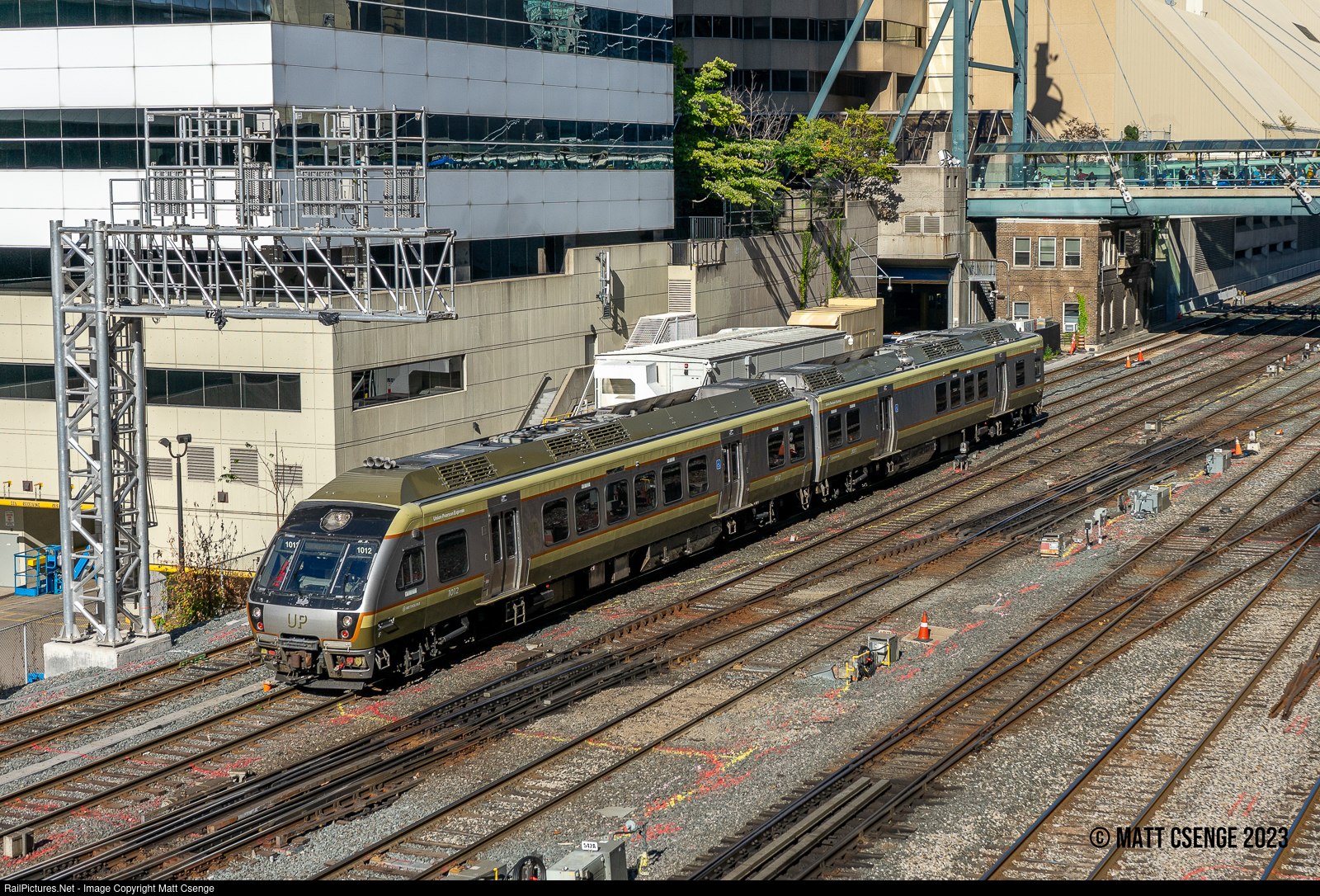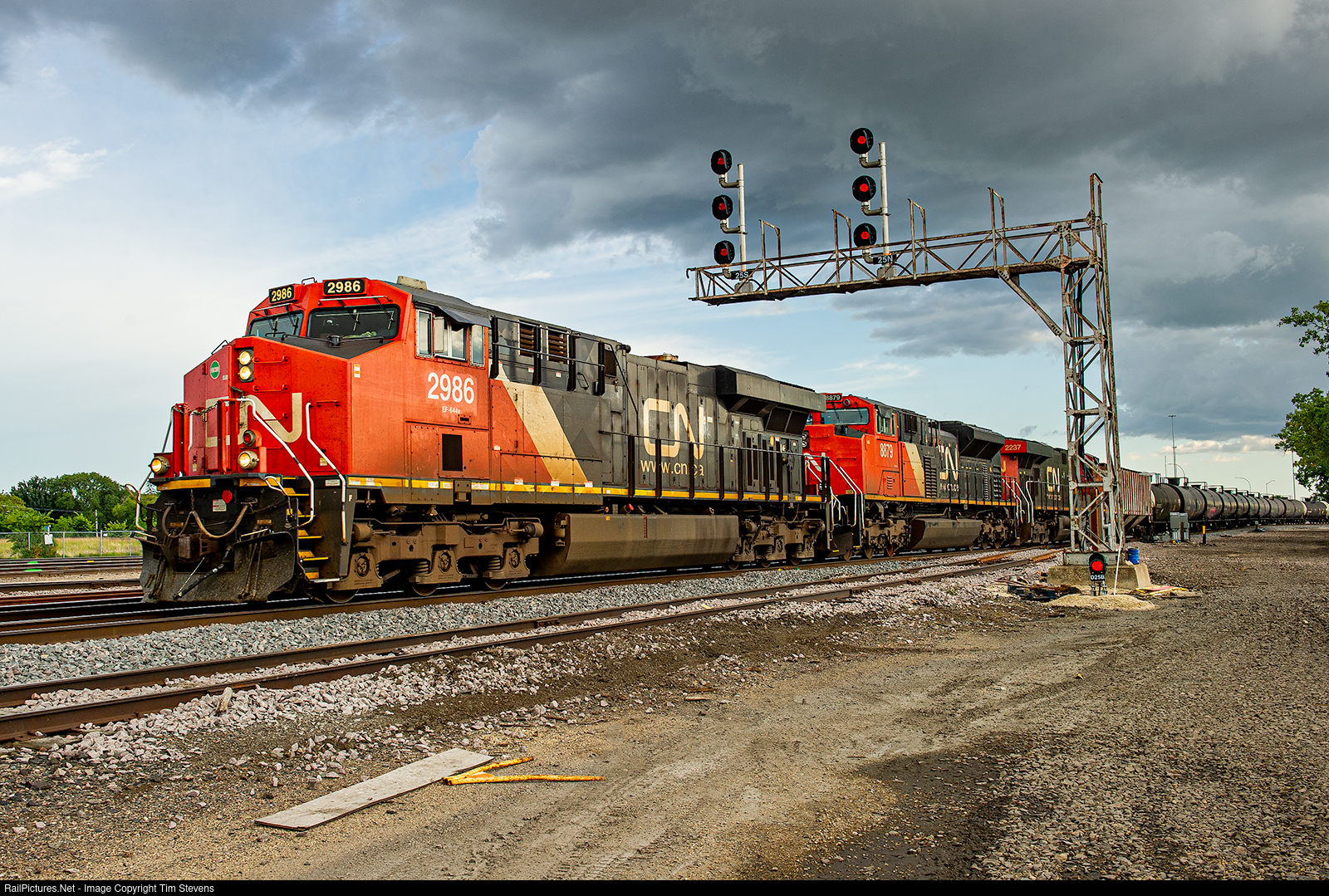You might have heard me reference the Northeast's preferred transponder based PTC system ACSES, or the Advanced Civil Speed Enforcement System. In most cases when something called itself "Advanced" its usually a bit of marketing speak, but in this case the basic Speed Enforcement System was a thing that actually existed for a brief period of time on New Jersey Transit's Pascack Valley Line. However because of the rapid pivot to more "Advanced" systems and the 2008 PTC mandate, information on the SES pilot is remarkably hard to come by, however I have been able to piece together a few bits of information that can hopefully shed some light on the technology.

In 1996 NJT suffered its worst accident as of the time of this writing when two trains collated at WEST END interlocking where the diesel Bergen County and Main Lines diverge from the electrified Morris and Essex lines. The cause was a veteran engineer who had been hiding a medical condition that had severely impacted his visual acuity mistaking a Stop signal for a R/R/Y Restricting. In the aftermath NJT began an effort to implement what they called "Positive Train Stop" functionality across its system, which came on the heels of a near system-wide adoption of cab signals and automatic train control (ATC). At the same time Amtrak was completing implementation of its ACSES speed control and PTC system on parts of the NEC in conjunction with the new 150mph Acela rollout. This is where things get a bit murky, but going into the 2000's, both Amtrak and NJT had two different yet compatible transponder systems for "civil" (aka track) speed control, however Amtrak "Advanced" system was integrated with cab signals where as NJT left SES as an intermittent system.

The location for NJT's SES pilot was the Pascack Valley Line, a stepchild service that ran some 30 miles north from the old Erie Main Line to dip its toe into New York State. The single track line offered only weekday single direction peak service and, like the similar old Boonton Line, the PVL was essentially unre-signaled since the Erie days. This signaling came in the form of an Automatic Permissive Block-like bi-directional ABS with occasional non-number plated (ie absolute) automatic signals that would have once appeared at the ends of hand operated passing sidings. Without any actual interlockings and only a single block of cab signaling on approach to Pascack Jct, the limited service PVL was an ideal test bed.

Reading through the SES special instructions in a 2004 NJT Employee Timetable (posted below) we can gain some insight into how the system worked. The evidence points towards SES was an intermittent transponder based system that would convey track speed information in a manner compatible with Amtrak's ACSES, but also fixed signal indications. A positive stop was enforced for Stop, Stop and Proceed and Restricting indications, with the positive stop zone extending 500 feet in advance of the signal. Stop and Proceed, and Restricting could then be passed after an acknowledgement, while Stop needed the dispatcher to provide a numerical override code in addition to the verbal Rule 241 instructions. This would have come into play at the non-plated automatics and the home signal at Pascack Jct. Special instructions about cab signal upgrades and other rules not applying in SES territory further strengthen the intermittent use case.






This of course begs the question about how the system would account for signal upgrades after passing an Approach signal if the associated transponder flags a positive stop point like it does in ACSES. As easy solution would be to place additional active transponder at the start of the stop zone 500 feet from each signal, but I have nothing to confirm this theory. An additional feature of the PVL that made it attractive for the SES pilot and that was the presence of signal overlaps. From what I can tell from 2007 era photos, each set of ABS signals had several car lengths between them which would provide sufficient distance for a train running at reduced speed to get stopped before it might encounter an obstruction. This would explain why the SES stop zone is 500 feet vs 1500 for the ACES zone.
 |
PVL automatic signal location with overlap in 2007 with what might be SES transponders (or grade crossing impedance bonds).
|
SES was always intended to be a temporary pilot and by 2002 NJT had let a contract for its own Advanced SES that integrated cab signals similar to Amtrak, but without the finicky data radio capability for temporary speed restrictions and stop release. Interestingly the $2 million contract with Union Switch and Signal would have outfitted the entire NJT system with PTS and track speed control by 2008! The wireless data free ASES vs off the shelf ACSES debate would extend into the post-2008 PTC era with the ASES plans eventually morphing into ACSES, but perhaps the original SES hints at what NJT's solution would have looked like. Version 1 ACSES also lacked data radios and needed temporary physical transponders for TSR's and use of the stop release procedure to pass certain signals with a proceed indication. Active SES-style transponder could have solved some of those issues without wireless data.

Unfortunately I have been unable to determine the exact timeline of the ABS SES system on the PVL. I know it was in service in 2004 with the CNJ vintage GP40PH locomotives operating in a dedicated pool. I know that SES was still in service as of Jan 1, 2006, however by the fall of 2007, the line had been re-signaled with Rule 562 cab signaling and upgraded with passing sidings to allow for all-day bi-directional service. Unfortunately, starting in August 2006, all PVL physical characteristics and rule changes were put into a separate supplementary bulletin order that I do not have any examples of. Interestingly, the 300 section of NJT special instructions covering SES were left in place with slight modifications likely to cover the upcoming ASES or ACSES installations due to the 2008 PTC mandate probably resulting in some savings in crew re-training.
If anyone has any additional information on NJT's SES please let me know so I can update this post or make a new one. I've heard a bunch of other stories regarding issues with hair trigger penalty brake applications, but not much more than anecdotes and speculation.



















